We have a HP E3631A power supply at my university's lab. There are 6 ports. My questions are as follows.
What is the green port titled 240VDC Max? I was explained to an extent that it was the ground associated with the ground of the building. I'm just not understanding it completely and why there is such an option.
Under the 25V option there is a black port titled "COM" between the two red ports. Why is it titled COM? What does this mean? I know this is the port I ground to everyday when I use this but don't know why it's called "COM".
Under the 25V option there are two red ports and the black port titled "COM" as I mentioned above. I'm confused why one of the red ports is titled "-". Does this have something to do with polarity? Could someone explain the definition or use behind this red port titled "-"?
Thanks for any help.
